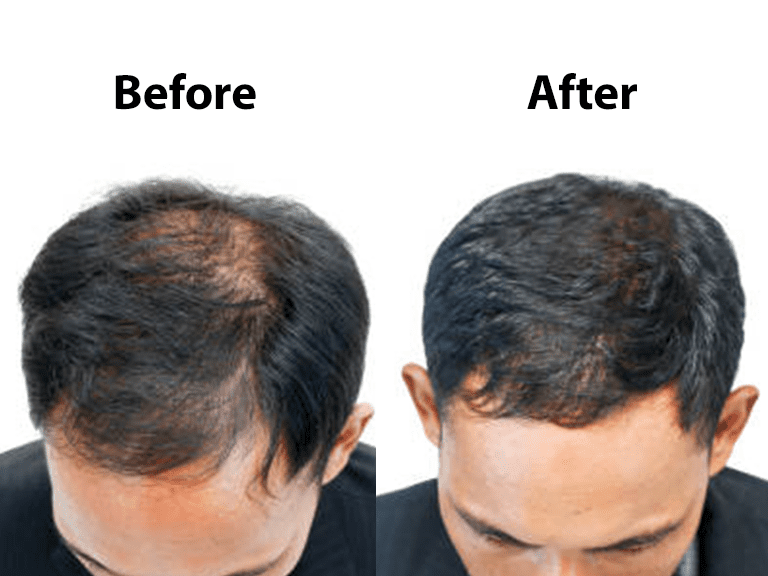Male Pattern Baldness Treatment
Male pattern hair loss or baldness is the most common form of hair loss in the case of men. In this situation, the hair loss usually begins with a receding frontal hairline at both the corners in a U-shaped or M-shaped pattern. It can also start from the top of the scalp. This condition is also named Androgenetic Alopecia.
Male pattern hair loss is commonly seen in adult men. It can start in the adolescent ages as well, becoming more significant with the increasing age. It is categorized into seven grades. In the first grade, the hair loss is slightly unnoticeable. In contrast, the frontal hairline begins to decline in the second stage, along with hair loss from the scalp’s central portion.
During the third grade, the hairline recedes significantly along with thinning hair at the vertex or crown. The hair thinning and baldness are visible in the fourth stage, particularly at the head’s back. A bridge of fairly dense hair that differentiates hair loss in the frontal and crown regions is quite noticeable. In the fifth grade, the bridge becomes even thinner. In the sixth grade, this bridge appears to be missing, and that hair loss extends to the sides of the peak. The seventh stage is the most advanced stage of this pattern of hair loss when the top of the scalp is completely bald. We at AWISH CLINIC provide the best baldness treatment in Delhi, NCR.
Male pattern baldness, also known as androgenetic alopecia, is the most common type of hair loss in men. It is characterized by a predictable pattern of hair thinning and loss, typically starting with a receding hairline and/or a thinning crown. Male pattern baldness is influenced by a combination of genetic, hormonal, and environmental factors. Genetics play a significant role in male pattern baldness. It is often inherited from both parents, with specific genes determining the sensitivity of hair follicles to the hormone dihydrotestosterone (DHT). DHT, derived from testosterone, binds to receptors in the hair follicles, causing them to shrink and produce thinner, shorter hair strands. Over time, affected follicles may cease hair production, resulting in areas of partial or complete baldness.
Although male pattern baldness cannot be completely prevented or reversed, various treatment options are available to manage the condition. These may include medications such as minoxidil and finasteride, low-level laser therapy, and hair transplant surgery. The choice of treatment depends on individual factors, including the extent of hair loss and personal preferences. It is important for men experiencing hair loss to consult with a healthcare professional or a dermatologist specializing in hair loss. They can provide a comprehensive evaluation, diagnosis, and personalized advice on suitable treatment options based on individual circumstances and goals.










